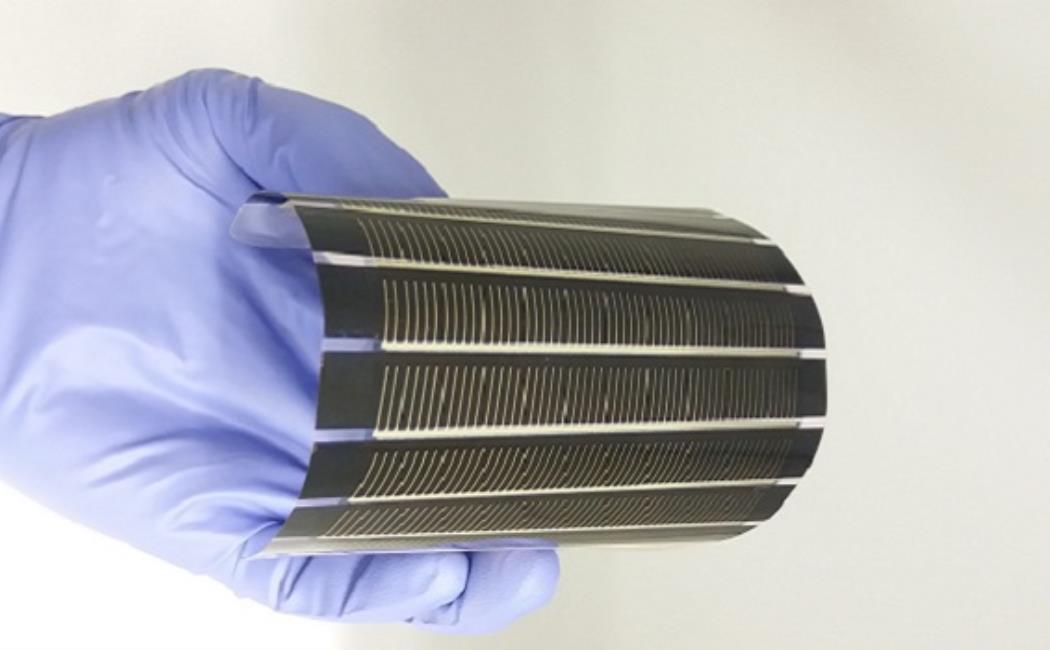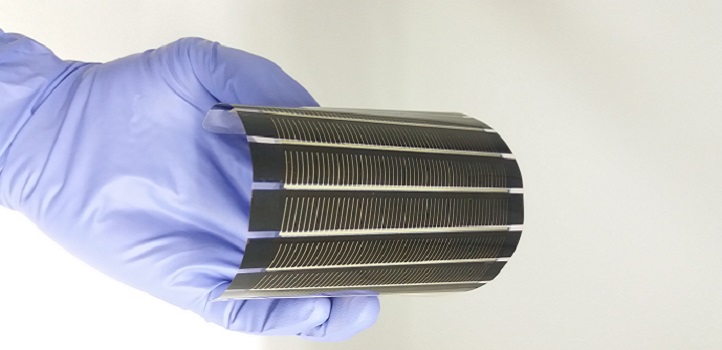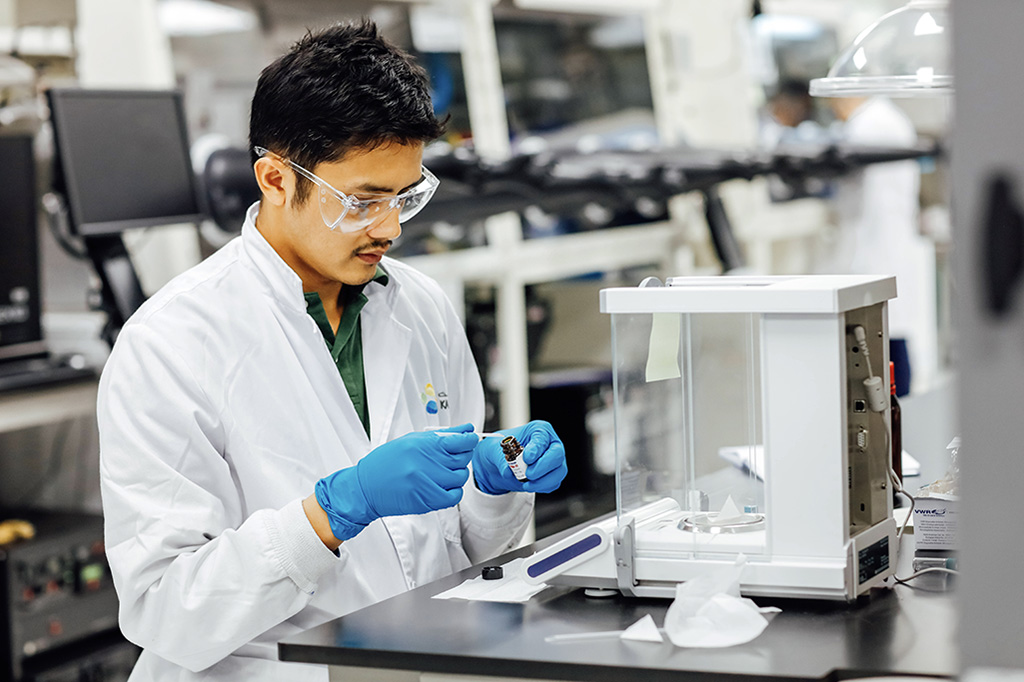
11 June, 2019


Organic solar cells could soon rival traditional silicon-based photovoltaic technologies in terms of conversion efficiency. A team from the KAUST Solar Center has developed a computational approach that provides practical performance targets and useful rules to help design and develop material systems for optimal organic solar cells.
Most solar panels rely on inorganic semiconductors to harvest and convert sunlight into electricity. Organic photovoltaic materials, however, have emerged as lightweight, inexpensive alternatives. These materials are easy to tune and process at large scales, which makes them appealing for industrial production and commercialization.
State-of-the-art organic solar cells rely on bulk heterojunctions, which combine light-responsive electron donor and acceptor materials to form an active layer. Exposure to sunlight creates an excited state that generates pairs of electrons and positively charged holes, which are responsible for electric current. These charge carriers need to be held apart, which relies on the electron donor and acceptor materials.
Fullerene-based acceptor materials have yielded organic solar cells with unparalleled conversion efficiencies for almost two decades. Yet these materials have several drawbacks, such as high voltage losses and poor absorption of the solar spectrum, that have restricted efficiencies to 11 percent. Meanwhile, nonfullerene alternatives have recently outperformed all existing fullerene-based cells, however, a lack of understanding of the elements that control the conversion efficiency of these cells has limited further enhancement in cell performance.
Thomas Anthopoulos and coworkers used computer simulations to assess the influence of several key parameters, including the absorption and thickness of the active layer, charge-carrier mobility and charge recombination rate, on the performance of nonfullerene organic solar cells.
Postdoctoral fellow Yuliar Firdaus explains that the simulations explicitly treat the effect of these parameters. Therefore, the calculated cell efficiency limit is similar to the efficiency that nonfullerene-based cells can realistically achieve with continued material improvement.

The researchers found that nonfullerene-based cells could realize efficiencies exceeding 18 percent, even with the readily achievable charge mobility in existing material systems. Efficiencies could even surpass 20 percent with high and balanced electron and hole mobilities associated with low recombination rate constants. “I am confident that the nonfullerene-based cells will soon reach these calculated efficiency limits,” Firdaus says.
“We are presently working on different fronts, such as developing new interfacial layers and dopant formulations, while maintaining the same primary goal: pushing the efficiency of organic solar cells closer to the practical limits identified in our study,” Firdaus says.